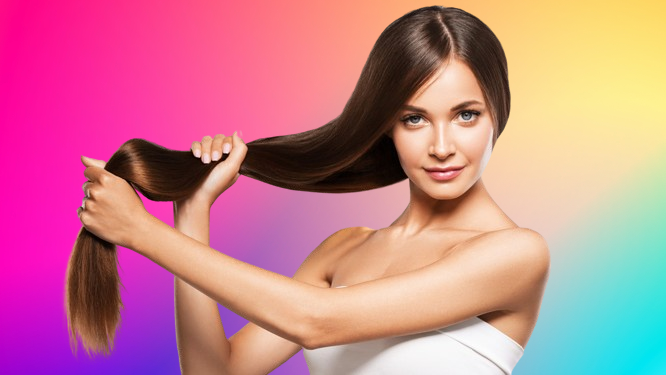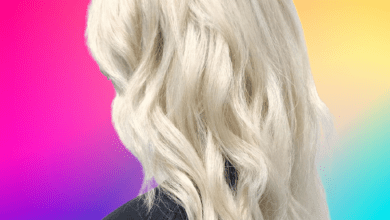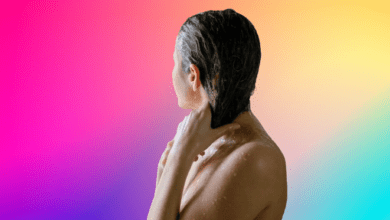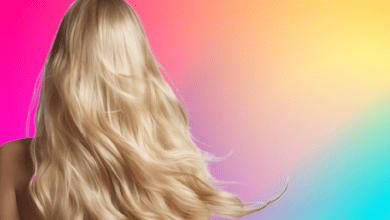13 Hair Care Tips for Healthy, Glowing and Strong Hair

Everybody wants to have shiny, silky, healthy hair, whether it’s Rapunzel-length tresses or short, spiky hair that frames the face. However, having healthy hair is not a miracle. Even if your hair is damaged from the beginning, you can still achieve and maintain healthy hair by following these 13 tips.
Step 1: Wash your hair less frequently.
Although excessive shampooing can remove natural oils from your hair and scalp, shampooing your hair removes dirt and oils. Furthermore, if shampoo isn’t completely rinsed out, it can accumulate on your hair and make it appear lifeless and drab.
For most hair types, maintaining the oil balance can be achieved by washing your hair a few times a week.
Step 2: Adequately apply conditioner
Applying conditioner to your hair’s middle and ends and working your way back toward your scalp is the ideal method. Not only does your scalp sometimes become dry, but your hair also requires moisture farther from the scalp. If you notice flakes on your scalp or it is itchy, pay special attention to keeping it hydrated.
Additionally, be sure to select the appropriate conditioner for your hair type; thin or straight hair requires one type of hydration, while thick curls require another.
Step 3: Apply a hair mask once a week or as required.
Hair masks are deeply moisturizing treatments that work their way into the hair shaft to provide internal hydration and strength. Include a hair mask in your healthy hair care routine at least once a week to help maintain the strength, luster, and suppleness of your hair.
Step 4: Use heat protection on your hair.
Try to use a hot iron or blowout less frequently, and always apply a moisturizing protectant on your hair before using heat.
Step 5: Reduce the use of hair coloring, perms, and relaxers.
Changing up your hair color and style is enjoyable, but once you begin bleaching, dying, or processing your hair, you must keep the new look. After giving your hair a chemical workout, give it extra love and time to rest in between processing treatments so that it can rehydrate and heal. Is there damage to your bleached hair and does it need some TLC? Apply a hair mask to it to strengthen and repair it.
Step 6: Wear hair protection when swimming or enjoying the sun
Applying conditioner or a leave-in mask before swimming in any kind of water (but especially chlorinated pools) can help keep hair healthier while having fun in the sun. It’s a good idea to wear a hat when out in the sun to help protect your skin and hair, and if you swim frequently, wear a swim cap to reduce the amount of chlorine that gets into your hair.
Step 7: Untangle hair before using shampoo and a shower
Before washing your hair, detangle it with a brush or finger comb. You’ll save time and avoid breakage if you take a few minutes to untangle before hopping into the shower in the morning or following an exercise.
Step 8: Dry brushing versus wet brushing
Your hair is more prone to breaking when it’s wet. Avoid brushing wet hair if you want to stop damage, split ends, and flyaways. When your hair is nearly dry, that’s the ideal time to brush it. Depending on the texture of the hair, this could change. For example, dry brushing curly hair could cause more damage. If you truly can’t resist combing through your damp hair, use a wide-tooth comb rather than a hairbrush. If you comb your hair slowly, a tooth comb can be kinder to your scalp and hair follicles.
Step 9: Use a towel to squeeze damp hair; do not rub
To absorb water, wrap the towel around your head or long hair and blot. Using a towel to rub your hair can cause breakage and tangles.
Step 10: Keep your scalp hydrated and protected.
Especially if the air is dry, you overshampoo, or your scalp is exposed to the sun, it can become extremely dry. When you’re outside in the sun, protect your scalp with hats and sunscreen, run a humidifier in your house if the air inside is dry, and use moisturizing shampoo instead of regular shampoo. If your scalp has become dry and flaky, use a deep conditioner as needed.
Step 11: Take care of your hair at night.
Put long hair up in a sleep cap or pull it back into a loose braid. Additionally, consider switching to a silk or silk-alternative pillowcase from your cotton or microfiber one. Tangling during sleep may be avoided or lessened thanks to the smoother fabric.
Step 12: Obtain routine hair cuts
To avoid split ends and maintain the shape of your hairstyle, trim your hair every 3 to 7 weeks if it’s short or bobbed, every 8 to 12 weeks if it’s textured and curly, and at least every 12 weeks if it’s long. Regardless of your hair type, regular trims are essential to maintaining healthy hair.
Step 13: Consume a balanced diet and lots of water.
Consume a diet high in protein, B vitamins, and essential fatty acids to help your body produce the structural protein in your hair and nails, keratin. To help keep skin and hair hydrated, drink a lot of water.




